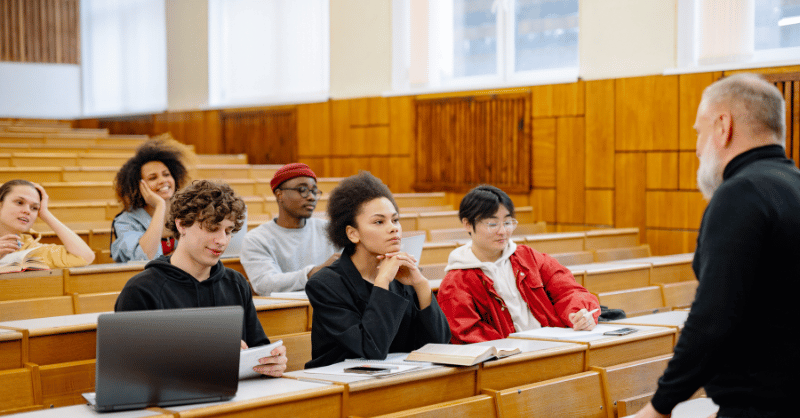Given the rise of globalisation and the increasingly interconnected nature of today’s world, it’s perhaps no surprise that students today are experiencing a more multicultural school environment than ever before.
As educational communities around the world become increasingly diverse, both in terms of the students they admit and the teachers they hire, it’s imperative for schools to embrace multiculturalism in their curricula and pedagogy. That is, schools today should work to impart skills and knowledge that will help their students constructively navigate racial, ethnic, socioeconomic, gender and other differences in the larger world.
Schools today should strive to create a culturally responsive learning environment that’s safe and generative for learners from all backgrounds. Such transformation necessarily begins in the classroom since it’s in the classroom that teachers and students begin to connect, interact, and work with each other in involved and intimate ways. International school teachers, in particular, are in a good position to lead the push toward more multicultural education, given the innate diversity of the student populations they handle.
Whether you teach at an international high school in Singapore, in the USA, or in any other part of the world, the following strategies can help you promote multicultural education in your classroom:
In this article -
Be Mindful of Your Own Biases
Cultural bias on the part of teachers is a very real problem at every level of education. Whether they do so unconsciously or not, teachers may alter their expectations and even their grading practices from student to student based on their students’ cultural backgrounds.
Cultural biases also contribute to flawed assumptions, such as when teachers assume that female students are less capable at mathematics and the sciences than their male counterparts or that neurodivergent students should be taught separately from their neurotypical classmates.
Focused, honest self-reflection is the first step any teacher should take toward a more multicultural teaching practice. It will help you to identify your preconceived notions about your students from different backgrounds and how your expectations may differ from group to group. From there, you’ll want to reflect upon how these ideas affect your teaching.
Some important questions that you may find it fruitful to ask yourself about your teaching practice include the following:
While being aware of your own biases will not erase them immediately, your awareness can help you reassess your behaviour in the classroom, your teaching practices, and even the values you live by. Do your best to look at yourself as a learner and be prepared to acknowledge the limits of your own personal perspective.
The more opportunities you give your students and colleagues to teach you about their lives and their cultures, the better informed your teaching decisions will be going forward.
Connect with Students’ Families and Communities
Multicultural education seeks to engage actively with the larger world outside of the classroom. Hence, finding ways to involve families and local communities in your student’s academic lives can help make your teaching more culturally responsive. This involvement benefits students in a host of ways—more particularly, it has been proven to improve their attendance, academic performance, social skills, and even familial relationships.
Some of the best ways to engage communities and families include collaborative class projects, volunteering opportunities, and regular parent-teacher dialogues. It’s always a good idea for educators to communicate with students’ families about achievements and positive developments, not just when they have disciplinary issues or other problems to report. Building a warm, honest, and trusting connection with families will gain you valuable insight into your students and their backgrounds.
In this globalised, blended learning era, approaching education from a culturally inclusive perspective is every educator’s responsibility. Affirming students’ differences and supporting them equally regardless of background will help them make the most of their school years and achieve their fullest potential.
Get to Know Your Students
Different students have different needs, strengths, and learning styles, and excessively standardised curricula and pedagogical approaches will always fall short of accommodating all of those equitably. Resist the temptation to employ a one-size-fits-all approach to teaching and instead try to learn about your students individually. You can do this by employing icebreakers, short survey questions, individual consultations, and other activities.
You might find it especially helpful to ask about students’ hobbies, extracurricular activities, likes and dislikes, and opinions of other courses and teachers they’ve had over the years. If you communicate your interest sincerely, many students will open up to you and share deeply personal and formative experiences. It’s also a good idea to check in with your students regularly throughout the school year in case their circumstances change, and they require additional support.
Getting to know your students also necessitates being humble enough to accept their feedback about important concerns, particularly when it comes to their prior experiences of cultural discrimination. Rather than guessing at what behaviours and teaching techniques would help or hurt them, ask them what they need and adjust your approach accordingly.







 December 23, 2023
December 23, 2023








